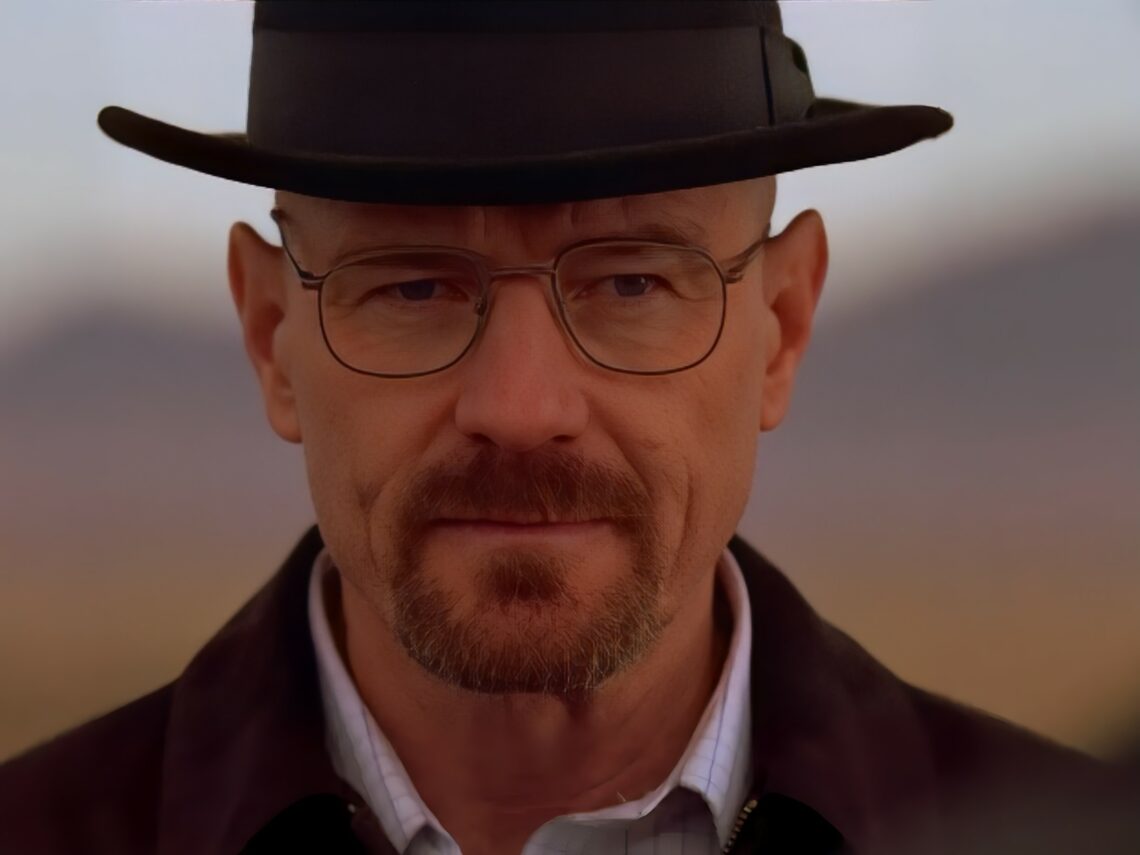When Breaking Bad first aired in 2008, it captivated viewers straight away. While the first season was well-praised, it only continued to earn more acclaim, bagging many prestigious awards in the process. Few shows out there manage to blend humour, tragedy, thrilling drama, and crime as seamlessly as Breaking Bad, which emerged from the mind of Vince Gilligan.
The show ended up running for five seasons, with several episodes considered some of the finest moments in television history. We follow Walter White, a chemistry teacher whose life lacks momentum, which is only emphasised by the news that he’s got cancer. Worried about how his family will cope financially without him, he puts his chemistry knowledge to use and begins producing meth with an old student of his, a drug dealer named Jesse Pinkman.
As the episodes progress, Walter’s life descends into pure chaos as he gets increasingly involved in the dark underworld of the drug trade, killing people, betraying his family, and straying further and further away from goodness. His transformation from the uninspired and meek teacher into the terrifying drug lord is thrilling to watch, naturally garnering a large fanbase as a result.
Many fans of the show have taken to the internet over the years to point out minute details that the average viewer might not have realised. Nothing is out of place in Breaking Bad, to the point that each character becomes closely associated with a certain colour, with their outfits or furniture representing something important to the plot or their development.
Even the surnames of Walt and Jesse are telling – White and Pinkman. The most noticeable use of colour, however, is through Marie, who pretty much exclusively wears purple. The Schrader household is covered in purple decor and appliances, and it’s rather difficult not to notice Marie’s love of the colour. The most simple explanation for her association with it is the fact that she is preoccupied with pride and power, seeing herself as someone noble and rich. This is also shown in her snobbiness and propensity to share her opinions at every given chance.
When Hank dies, however, Marie is seen wearing other colours, like black, a symbol of her mourning. Interestingly, purple is directly opposite another key colour in the show – yellow – symbolising her distance from the drug world, of which she knows very little. Yellow represents unease and fear, as well as methamphetamine and the ways that it causes characters to act recklessly.
The characters closely associated with the drug world often wear yellow, as reflected by the colour of Jesse and Walt’s jumpsuits which they wear while cooking meth. Gus’ restaurant, Los Pollos Hermanos, is defined by yellow decor and uniform (as well as red – a symbol of violence and aggression), and other characters often wear yellow during moments of overindulgence. The number plate of the van that Walt uses when he transports the extortionate amounts of money he’s earned uses ‘D4DD31’, which is actually HTML code for yellow. Nothing is accidental in Breaking Bad.
Pink is not a colour frequently used in the show, so when it appears, it always has a strong meaning. It is mostly worn by Walt’s baby daughter, Holly, and represents innocence. It is opposite green on the colour wheel – a symbol of greed and money – suggesting themes of naivety. It’s the colour that Hank wears when he figures out that Walt is almost definitely Heisenberg, realising that he’s been blind to Walt’s criminality for months.
Green is used regularly in the show, evoking success and financial prosperity alongside envy. Walt wears green to plant the bomb that kills Gus, and Skyler even sports the colour when she discovers Walt’s money. When a character is seen in green, we know that there’s a lack of good intentions, selfishness, deception, and secrecy present, or perhaps a burst of life and energy, such as when Walt wears green at the end of episode one, the desire to make meth giving him a sudden surge of hopefulness.
There are so many instances of colour coming to mean something vital to the plot within every episode in Breaking Bad, which indicates how tightly crafted each instalment in the series truly is. Even the way that Walt’s choice of clothing starts to become darker, straying away from boring beige shades as he moves further away from his dull family life and becomes a murderous criminal, is no coincidence.
